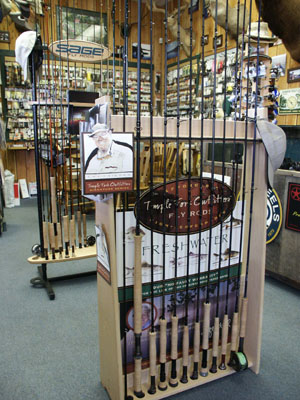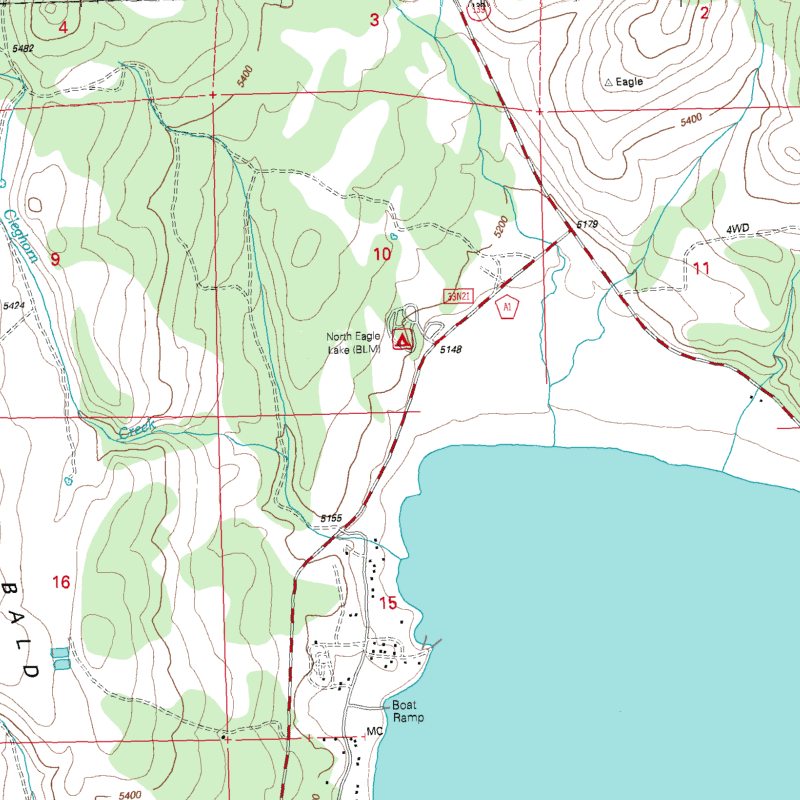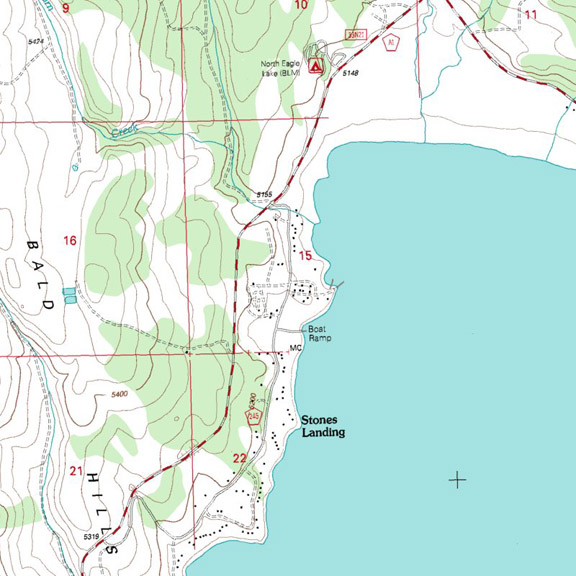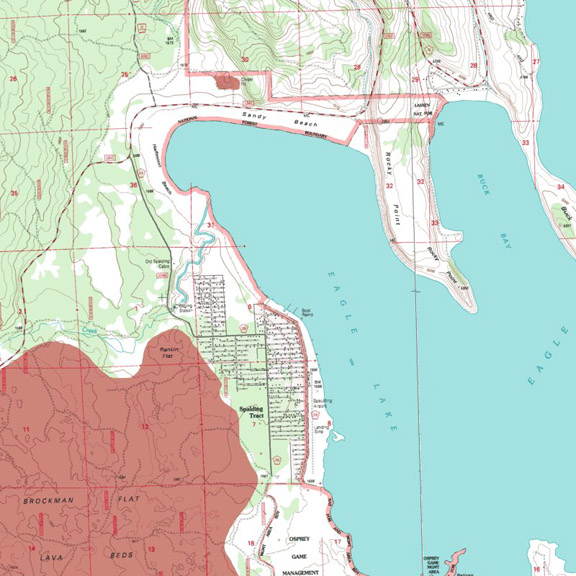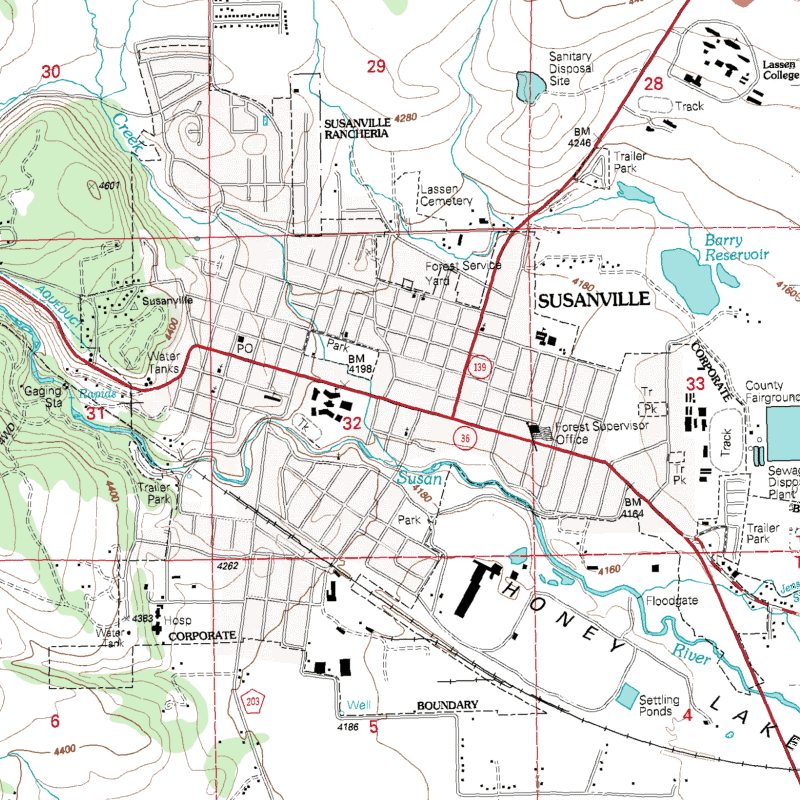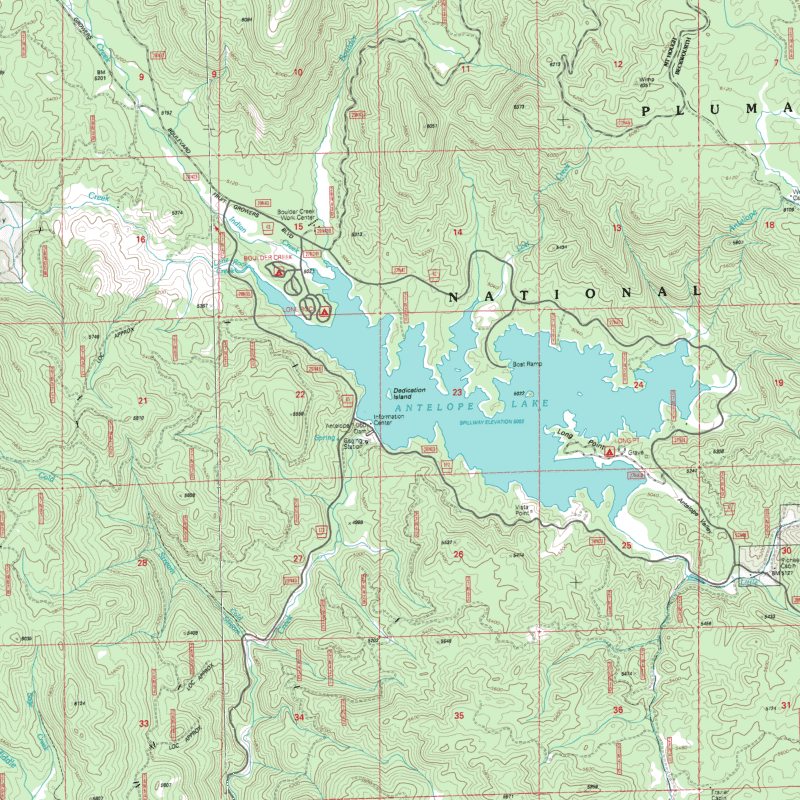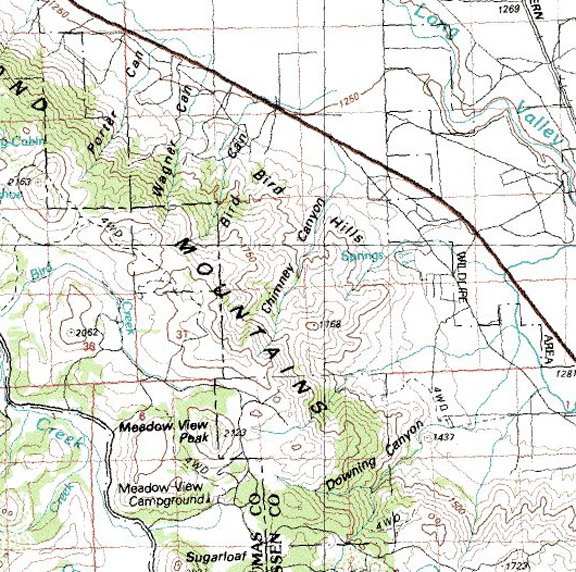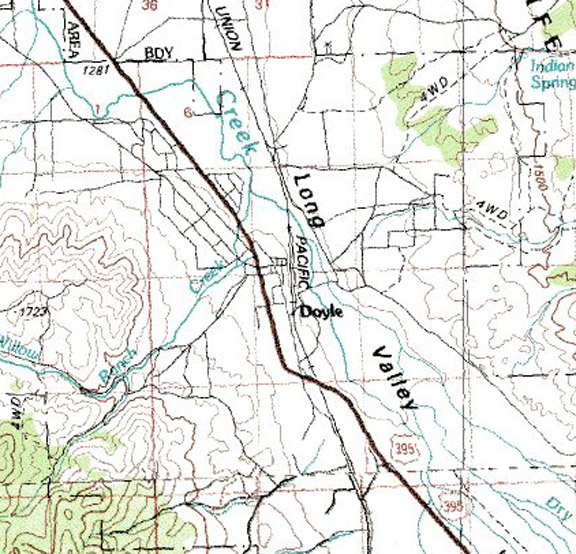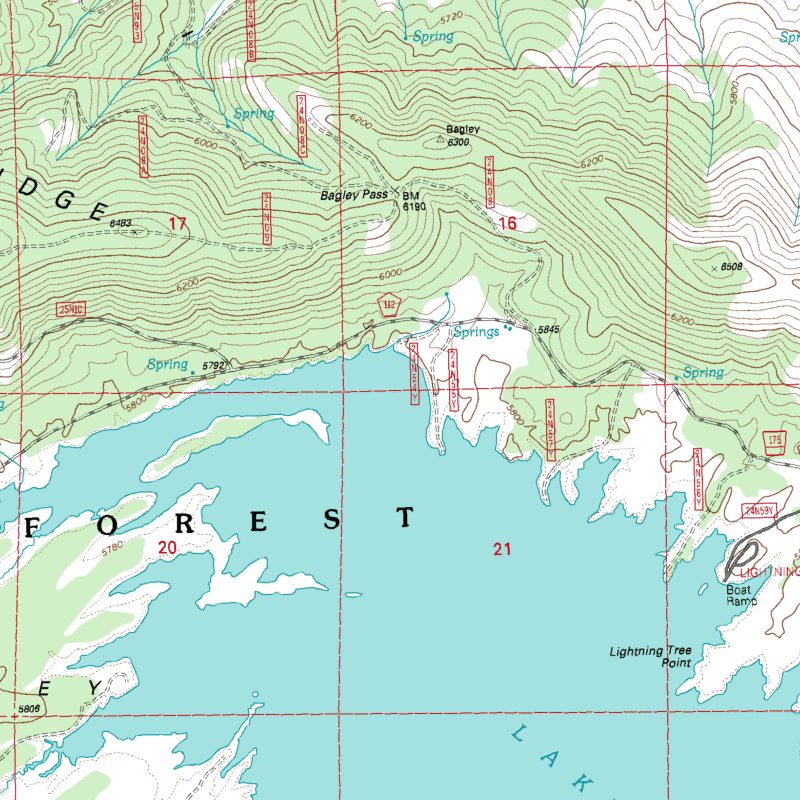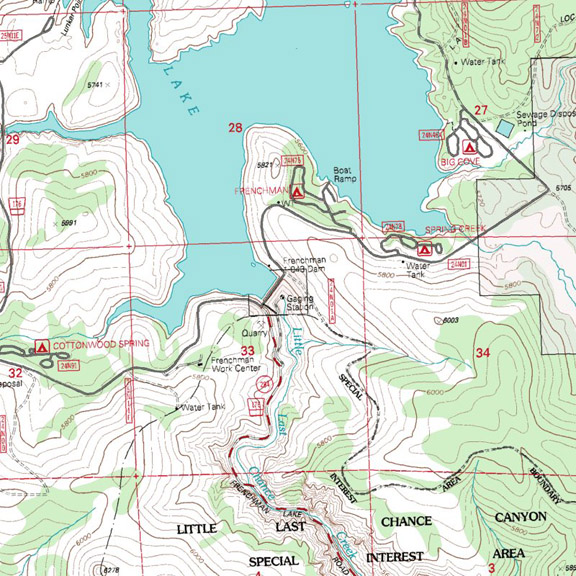Mastering the Basics of Bait Fishing
What's in this article?
*Stream Strategy and Productive Spots to Fish
*How Much Gear Should You Lug Up that Canyon Creek?
*Rigging for Worms, Salmon Eggs and Power Bait in Both Streams and Lakes
*Fishing with Live, Natural Bait
*Fishing with Live Grasshoppers the HemingWAY (Read Hemingway's "Big Two- Hearted River," or read my synopsis.)

It is with some hesitation that I review the basics steps for bait
fishing. I have been a catch-and-release adherent since the 1970's. But
I must remind myself that much of Sierra trout fishing is
"put-and-take" harvest fishing. So much pressure is put on the
resources that generous weekly stockings in creeks or small streams are
frequently harvested in three or four days. Perhaps you have brought
your family from southern California on a camping trip to the eastern
Sierras. How can I hold judgment on your desire to share a trout dinner
with your family, as my generation did back in the 50's and 60's?
Please kill only what you will eat fresh, and never take them home in a
cooler to reside in a freezer until they get freezer burn or lose their
flavor. When you are ready to fish for fun, go to a lake and fish with
a fly and bubble. You will have more action, and best of all you can
easily release the fish unharmed. Keep in mind that if you catch a
trout on bait and they swallow it, there is a high probability that
they will not survive. Once they bleed around the gills, they
eventually bleed to death. Fishing with lures and flies with pinched
barbs allows the lure to be easily removed from their mouth or jaw.
Forgive me for this lecture. Old principles die hard after fishing for
wild fish for over forty years. If you are new to fishing, just enjoy
the sport along with a camp dinner of trout and fried potatoes.
However, when you move to a stream with wild trout, plan a camp dinner
of hot dogs held over a campfire with a freshly cut willow stick, and
don't forget the marshmallows!

Stream Strategy and Productive Spots to Fish
I would suggest that you read my article on fly fishing on creeks.
I am not trying to convert you to fly fishing so much as to provide a
review of the holding water that trout seek out for both feeding and
sanctuary. Keep in mind that a fly rod is an excellent rod for bait
fishing on creeks and small streams. Unless the creek is a "crick" and
so small that you only have to sneak or crawl through the willows and
brush to "poke and dab" at a likely spot, get right in the water and
walk upstream like fly anglers do. I can not recall seeing a bait
angler in the middle of a stream using the same approach as a fly
fisher. Why would a bait angler limit his opportunities? Regardless of
what bait you are using, get out in the middle of the stream so that
you will catch more fish, catch bigger fish, cover more water and make
more progress!

Reasons to Get Your Feet Wet and Fish Upstream
1. Fish face upstream. If you are behind them, you can catch them directly in front of you.
2. If you can see to the bottom of the creek, they can see you! Approaching a creek or stream from the bank often spooks fish.
3. It is much easier to cast to a pocket, pool or small riffle from the
center of a stream and maintain a natural drift with your bait. Best of
all you are in an ideal position to cast effectively towards either
bank.
4. Wade fishing in a stream also allows you to cast directly upstream
which creates minimal arm, rod and line movement that might otherwise
spook a fish. (Trout have great peripheral vision. Often they lie in
broken water out of site, but if they don't see the angler blended into
the bank cover, they often see a flash of line or arm or rod movement,
which warns them that a predator is near. Even while you are wading in
the current, it is paramount to keep your shadow off the water in front
of you. I often crouch in the water behind a boulder to make a short
cast to a pool above me.)

5. In many instances where there is heavy brush or trees it is
difficult to reach choice water from the bank. If you are wading
upstream, you have an easier shot at often over-looked water that bank
anglers pass up because they can not penetrate the tangled bank barrier.
6. Finally, once you are in the water, keep moving! Bank anglers
typically spend too much time sitting on a comfortable rock or log.
Fishing is a game of percentages. How many perfect casts to good
holding water can you achieve in an outing? If you have made two or
three casts to a pool without eliciting a strike, move on to the next
spot.
7. I am always amazed at how I can walk up a stream under the cover of
moving water without spooking fish, but when I walk along a meadow bank
I spook fish way ahead of me just from the vibration of my footsteps,
which is another reason to be out in the current.
Productive Spots to Fish
Most fishing books spend chapters discussing and diagramming trout
lies and holding water. Let's look at it from a fish's perspective.
They want cover to hide from predators. That could mean hiding below
broken water, hiding directly below a foam line, holding behind or to
the side of a boulder or just lazily resting in shallow water with a
canopy of overhanging branches above them. Next, a trout wants to be in
a spot where it can find a food source. This could be off to the side
of a boulder where the force of water plunging past the boulder funnels
insects past the boulder and down a bubbly seam of water. Big Moe will
be just behind the boulder waiting just beneath the bubbling foam. But
a smaller fish or two might be directly underneath the seam or foam
line. A prime lie is a spot which provides both good protection and a
steady source of food. The point here is that the trout will be facing
upstream waiting for food to come to them. Casting above a trout and
allowing your presentation to drift naturally to the waiting trout is
the key to success. A final reminder is that if the fish are down on
the bottom of the stream bed protected from the fast water, where
should your bait be?
The next factor that a trout must consider when picking a home or
prime lie is to find a spot that it doesn't have to expend more energy
than its calorie intake! I remember diving for abalone along the coast
of northern California when I was in my twenties. We would drop an
anchor from our inner tube and swim down fifteen to twenty feet through
the kelp. The currents and rip tides were so fierce that I could see
and feel myself propelled sideways so fast that I wasn't gaining much
depth. My partners told me to grab a piece of kelp and pull myself down
to the bottom! Meanwhile, over the top of me waves were crashing
towards the beach. What a surprise awaited me when I reached the last
five or six feet of water. It was relatively slow water compared to
just a few feet above, and when I found a ledge or a large rock, it was
like being in a swimming pool. Rainbows like fast, shallow riffles.
They sink to the bottom and rest in a trough or behind a rock and await
their dinner. Brown trout and cutthroats prefer slower water that
offers cover and deeper water to escape to in an emergency situation.
Everyone knows to fish a pool, but don't over-look the head of the
pool. Often a pool will have a small riffle or ledge that the water
plunges down into the pool. Trout will lie in wait for food at the base
of the ledge or drop-off. At the tail-out of the pool, water surges
upwards from the deeper pool to meet a riffle or run. Trout will often
drift back into this shallow water to pick off insects that are pulled
down into the pool and then re-emerge in the shallow tail-out where the
water is compressed and the food sources likewise. For a couple of
years I guided Sam Lawrence, the founder of Budget Rental Cars. We
primarily fished the Bitterroot River in Montana. A hatch was on
mid-day, and a few simpers could be seen at the tail-out of a pool just
below some over-hanging willows. Sam picked off a nice fished as we
drifted by the tail-out. We pulled up downstream where Sam landed a
nice rainbow, and then we hiked back to the tail-out. Usually, trout
will move into the tail-outs under cover of darkness or cloudy weather
or a rain storm. Sam walked up behind the tail-out and landed four big
trout in less than a half hour. He picked off the first fish closest to
the end of the tail-out and worked it downstream in the riffle water.
Than he hiked up to the same spot and made a short, deft cast just a
little further out towards the pool. He caught the next fish, and then
he went on to catch two more really big trout. Sometimes you get lucky,
and sometime trout break their own rules for survival!
The greatest reason for fishing a small stream as a beginner is
that you gain much knowledge about where the fish are holding. Small
streams and many creeks have the same holding water as larger rivers -
riffles, pools and runs. My mother taught me the greatest fishing
lesson that I have ever learned at age five. We lived in Bishop,
California. Near our house was an irrigation ditch that during the
summer held many smaller trout. We would see them on our daily walks.
They would dart ahead of us in the waving grass and disappear. I begged
her to take me fishing until one day she agreed. She cut a willow
branch, tied one of my father's fly fishing leaders to the end of the
willow branch. Her rigging was simple enough. She tied on a small
safety pin to which she molded a piece of Velveeta cheese. She picked a
nice shady spot along the ditch, tossed out the offering, and than we
sat down for a picnic lunch. Eating my baloney sandwich, I looked down
in the water at the Velveeta cheese resting close by. I was five years
old, and I knew I was participating in a farce. We had already scared
the fish away. I knew they would not come back and bite an offering
directly beneath my gaze, and I knew we needed a real hook, and that we
would have to be sneaky in our approach. It was a revelation. My mother
was not the perfect woman. She was flawed. Worse, I didn't know if she
was patronizing me or she was just plain ignorant. I only recently
shared this experience with my 90-year old mother. She just laughed and
said, "I didn't know anything about fishing, and I probably figured you
didn't either."
How Much Gear Should You Take Along?
A
cheap or expensive fishing vest is essential. Toss in a small, hinged
fly box with compartments for split-shot, hooks and swivels. Add a pair
of needle-nose pliers and nippers to cut line, as well as a pocket
knife. Add a spool of tippet material. Drop in some mosquito repellant
into one pocket, along with a mosquito head net. Toss in a bottle of
water and an apple into the back pocket. Finally, pick a pocket to
store your bait. When I was a youngster, you could buy a curved, tin
worm can with air holes in the top. It had rings to thread your belt
through. To be on the safe side, I would bring a small box of lures and
a few wet flies. A hemostat attached to a retractable pull string is
really essential for removing a hook and releasing a fish unharmed.
Now, you are ready.

Rigging for Worms and Salmon Eggs on Moving Water (Hook, Line and Sinker!)
The two most popular baits for stream or creek fishing are red
worms and salmon eggs. It doesn't get any easier than this. Use a
short-shank number 8 or 10 hook. Embed the hook completely inside the
worm. If you are fishing a slow stretch of water, you may not need a
split-shot for the worm to drift naturally on the bottom. If need be,
attach a small split-shot about 10 to 12-inches above the hook. If your
weight is impeding a natural drift along the bottom, change out the
split-shot with a smaller one. Cast upstream and allow the bait to
drift through a prime lie. Keep a taunt line, as any slack in the line
and you will not be able to detect subtle bites. Your bait is drifting
back to you as you slowly lift the rod tip and reel in excess line.
Suddenly your bait stops tumbling along the bottom, but you did not
detect a tick at the end of your line nor a sharp pull on your rod tip.
Maybe you are stuck. After all you have already replaced your hook and
sinker when it became lodged in a crevice. Your instinct is to quickly
snatch the bait off the bottom. But just as likely a trout has gingerly
sucked in your bait in the corner of its mouth and it has moved back to
its former position or lie. Lift the rod slowly upwards to determine if
there is resistance and a fish on the line. Otherwise, if you react too
quickly thinking that you have got stuck on the bottom, you might just
rip the bait out of the fish's mouth without embedding the hook. If it
is not a fish and your bait breaks free, you may simply lower the rod
and allow the bait to continue drifting. Learn to be patient when
fishing fast, tumbling water, as snagging the bottom is quite common.
A cricket rigging begins with 1 or 2 BB weights followed by a #14 Snap
Swivel. Attached to the Snap Swivel is a two-pound test, 18-22-inch
leader terminating with a #10 worm hook.
Rigging a Wet Fly on a Spinning Outfit for Larger Streams
You don't have to be a fly fisher to use a wet fly or streamer
pattern on a river. Simply add a medium size casting bubble to your
line and fill it full with water. (They have a retractable stop plug.)
After the bubble add a #14 Snap Swivel. (Now the bubble can not slide
forward.) Add 5 to 6-feet of two to three pound test leader. At the
terminal end add a streamer. Cast downstream in a quartering angle. In
other words, stand facing the opposite bank. Draw an imaginary line
from your feet to the opposing bank. You now have half the stream above
you and half the stream below you. As you face the bank the stream flow
is coming from your left down stream on your right side. Now, divide
the stream below you in half. This quarter demarcation is your target
angle for the opposing bank. Cast as close to the bank as possible. If
a trout is on the far bank, he will see the streamer coming at him
broadside and "swimming" out and away from the bank, as the current
sweeps the fly and bubble out towards the faster water. Sometimes if
you plant it right in front of the trout your cast will trigger a
reaction take. Often times they will follow the streamer downstream and
hit the fly just as it swings out from the bank and slows down.
Rigging for Worms, Salmon Eggs and Power Baits in Still
Water--Unlike a stream where you want your bait drifting on or near the
bottom, in a lake you will need to keep your bait visible above the
weeds or mossy bottom. You need to float or suspend your bait one to
two feet above the bottom with a marshmallow, or if you are fishing
with a nightcrawler, you may want to inflate the nightcrawler with air
from a device that most tackle shops carry.
Rigging a Worm: Add a ¼ oz. Egg Sinker to your line.
Directly in front of the Egg Sinker add a #14 Snap Swivel with an
improved clinch knot. Attach a two-pound test, 18-22-inch leader . At
the end of the leader add a #10-14 worm hook. Just add worm! If the
lake is weedy, use an inflated nightcrawler to float your bait above
the weeds.
Rigging Salmon Eggs: Add a ¼ oz. Egg Sinker to your line
with an improved clinch knot. Directly in front of the Egg Sinker add a
#14 Snap Swivel. Attach a two-pound test, 18-22-inch leader. At the end
of the leader add a #10-14 worm hook or a treble hook. Before you
attach the egg(s) run a miniature marshmallow through the hook up to
the eye of the hook. The marshmallow will float the egg up off the
bottom. If you use PowerBait dough or trout bait, it floats. Be sure to
test the amount that you apply to the hook to be sure that it floats
and negates the weight of the hook and the line.
Rigging a PowerBait Creature: Add a ¼ oz. Egg Sinker to
your line. Directly in front of the Egg Sinker add a #14 Snap Swivel.
Attach a two-pound, 18-22-inch leader. At the end of the leader add a
#14 dry fly hook and attach a scented PowerBait creature, such as a
minnow, grub or lizard.
Note: I would like to thank Carolyn Webb of Virginia Lakes Resort
for the above formulas. It has been too many years since I last used
bait. Carolyn teaches children the merits of catch-and-release using
the fly-and-bubble technique.
Fishing with Live, Natural Bait
After almost
thirty years, I met up with my favorite childhood cousin, Steve Odell.
Steve grew up in Lee Vining where his father was a deputy sheriff. He
took to fishing Lee Vining Creek at a very early age. He is a bait
fisherman from the old school, which is to simply gather up natural
fish food such as crickets, grasshoppers and ----ant eggs! I had taken
a different path in my angling life preferring to fly fish. When Steve
told me about an Old Indian woman named Nellie who was the best angler
in town, I was ready to listen. Nellie had the reputation for knowing
how to catch fish even when they weren't on the bite. Nellie gathered
up her fishing gear and with Steve in tow went hunting up ant hills to
raid the ant eggs. After she taught him to ignore the ant bites and
stop crying, off they went to one of the Virginia Lakes. Steve said
that the fishing was fantastic and that lesson changed his perspective
on how to fish. He said some tourists gathered around when they began
catching some big fish. When they asked what Nellie and Steve were
using, Steve said they were using ant eggs. Some of the tourists just
shook their head in disbelief thinking they were having their leg
pulled. Recently I was reminded of Steve's lesson from Nellie when I
read an article on bait fishing in the free 2007 Eastern Sierra Fishing
Guide. If you pass through Bishop country, be sure to pick one up as it
is an excellent fishing resource.
The author of the article, "Getting Back to Nature", suggests gathering
up the ant eggs early in the morning when the ants are cold and
lethargic. He recommends threading three or four ant eggs on a fine
wire #14 hook. He also suggests adding a bit of Styrofoam first to keep
the eggs off the bottom as they are easily damaged. If you are fishing
with children, make an adventure out of gathering up crickets, grubs,
beetles and ant eggs, and fish with the real thing! It will probably be
a lesson that both you and your children will never forget.
Fishing with Grasshoppers the HemingWAY
(I'll post this information next September when I can get some good photographs.)
For more tips and techniques on fishing, visit Dave's companion site fishingtips101.com.
